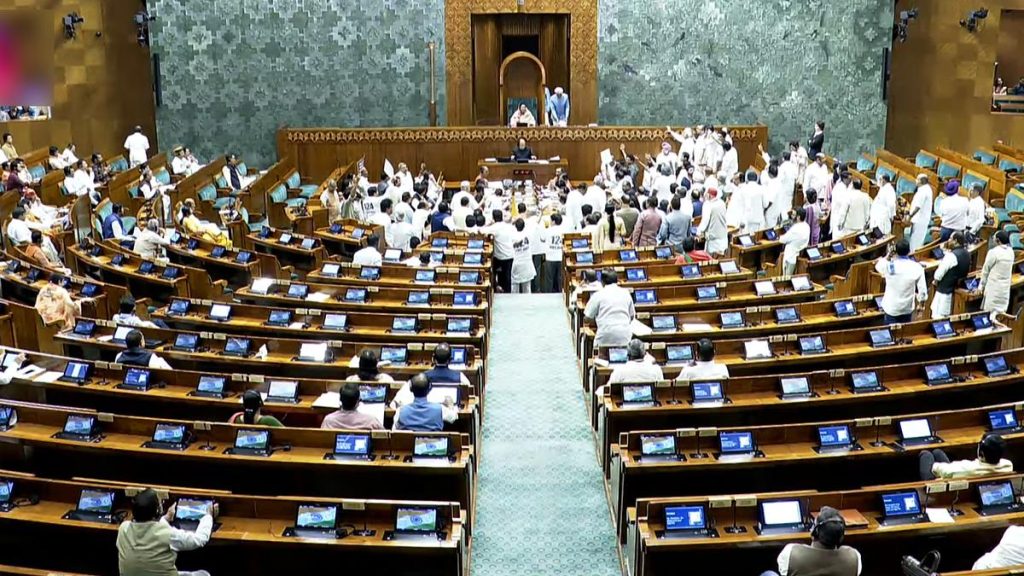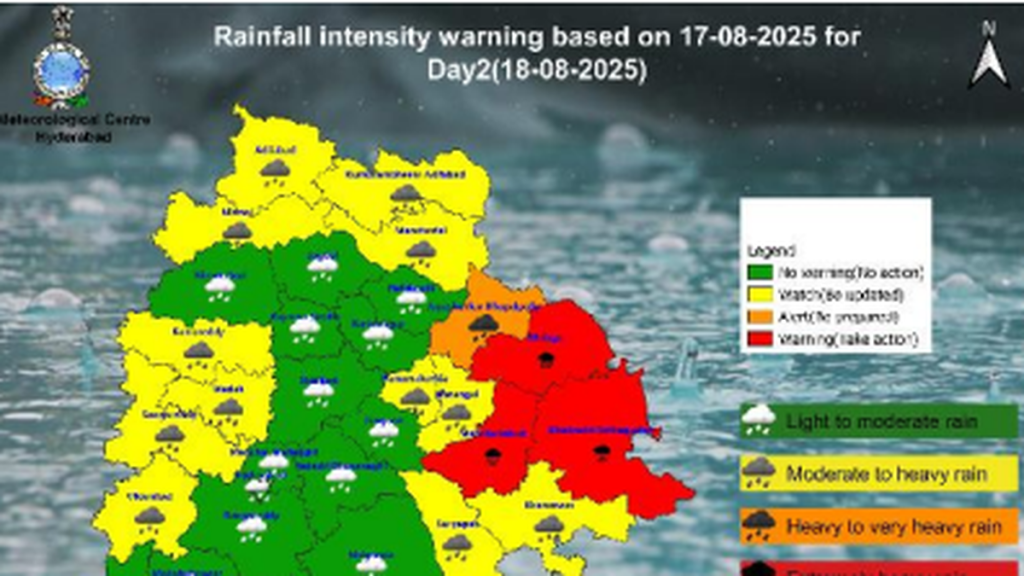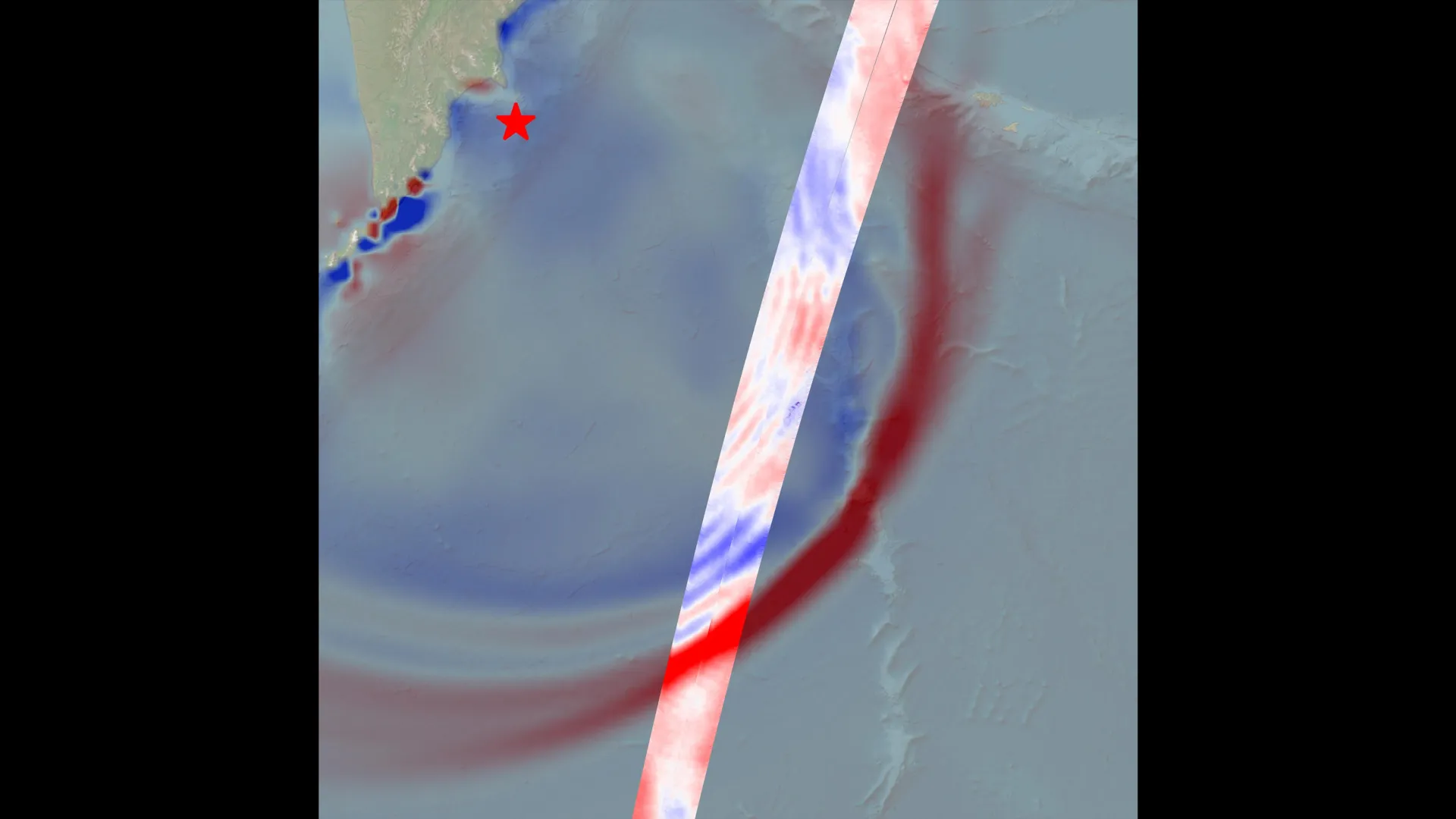Now Reading: New AI System May Help Prevent Satellite Collisions
-
01
New AI System May Help Prevent Satellite Collisions
New AI System May Help Prevent Satellite Collisions

Quick Summary
- Problem: earth’s orbit hosts over 11,000 active satellites and 1.2 million pieces of space debris larger than one centimeter, increasing collision risks that could damage or destroy spacecraft.
- Current Challenges: Collision avoidance is currently a manual and labor-intensive process prone to interaction breakdowns among satellite operators worldwide.
- CREAM Project:
– Developed by the European Space Agency (ESA), GMV (Spain), and Guardtime (Estonia).
– Aims to automate collision risk estimation, maneuver planning, and decision-making using AI-based systems.
- Innovative Features:
– Connects satellite operators, regulators, monitoring services, and observers for streamlined communication.
– Facilitates fair dispute resolution through mediation when two satellites face potential collisions.
- Prototype Status: Ground-based prototype provides alerts and avoidance strategies; future plans include space-based versions via piggyback missions or dedicated trials in orbit.
- Governance Impact: Offers tools for establishing standardized “rules of the road” for space traffic management while ensuring adaptability as international norms evolve.
Indian Opinion Analysis
India boasts an emerging presence in global space activity with its growing fleet of satellites alongside increasing investments in private sector players such as startups supporting launch tech. As orbital congestion rises globally-and particularly with more launches planned by Indian entities-the CREAM system’s automation offers promising solutions directly aligning to concerns on cost-efficient risk mitigation.
For policymakers preparing India’s trajectory toward deeper engagement with orbital governance, CREAM may serve as a benchmark both technologically and diplomatically. Collaboration opportunities may also arise if India seeks partnerships in adapting similar frameworks locally while contributing to global standards developments through ISRO’s existing expertise.
While India has not directly been mentioned within this program’s scope from the raw source above-indirect beneficial ripple effects across India’s stake-holdered commercial-regulated clusters remain plausible factors towards leaning significant next-gen examples ultimately























